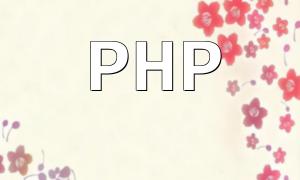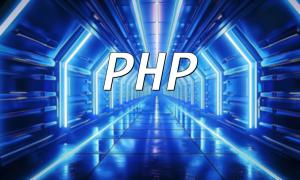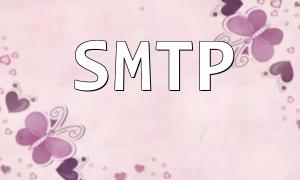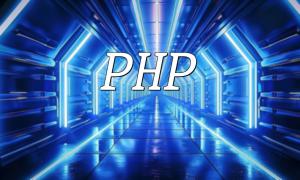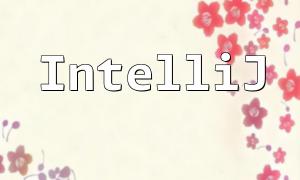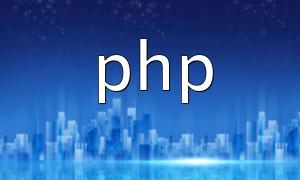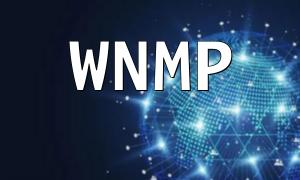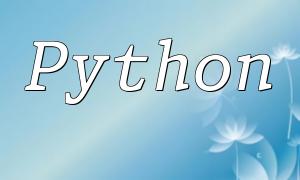In modern web development, image optimization is crucial for improving website performance and user experience. The PHP libwebp library provides powerful image processing capabilities, especially when working with WebP format images. WebP is a modern image format that offers smaller file sizes and better quality, making it ideal for web use. This article will detail how to use the PHP libwebp library and its advantages.
libwebp is an image library developed by Google, specifically for encoding and decoding WebP image formats. With PHP's support for libwebp, developers can easily process images on the backend, significantly improving website load speed and overall performance.
WebP format offers the following significant advantages:
To use the libwebp library in a PHP project, first ensure that the GD library supporting WebP is installed in your server environment. Here are the installation and usage steps:
First, make sure the GD library is installed. You can install it on a Linux environment using the following command:
<span class="fun">sudo apt-get install php-gd</span>
The following code example demonstrates how to convert a JPEG image to WebP format:
// Set input and output paths
$inputImage = 'input.jpg';
$outputImage = 'output.webp';
// Create image resource
$image = imagecreatefromjpeg($inputImage);
// Convert to WebP format and save
if (imagewebp($image, $outputImage)) {
echo 'The image has been successfully converted to WebP format!';
} else {
echo 'Conversion failed.';
}
// Free up memory
imagedestroy($image);
By using the PHP libwebp library, developers can easily process WebP images, improving website loading speed and user experience. Given the numerous advantages of WebP format, consider implementing image format conversion in future projects to better meet user demands and enhance overall performance.
